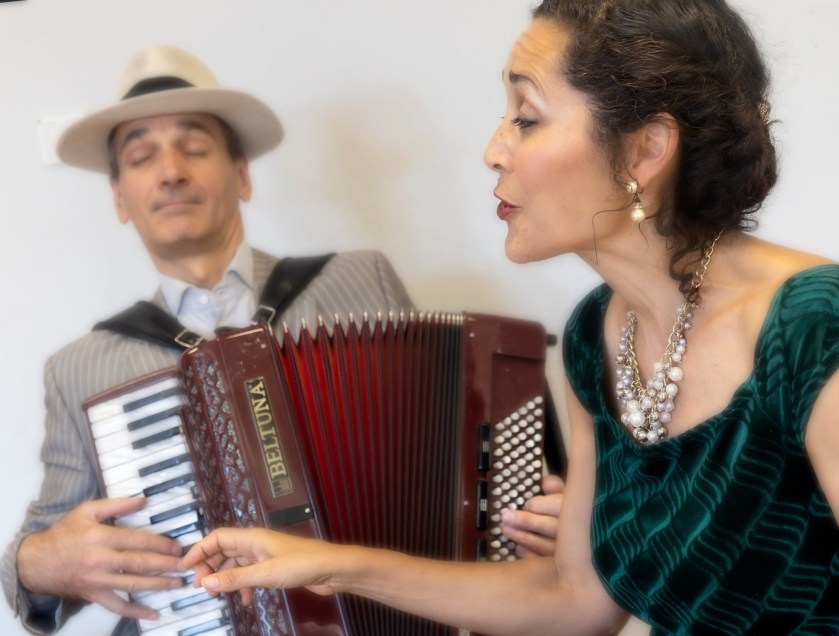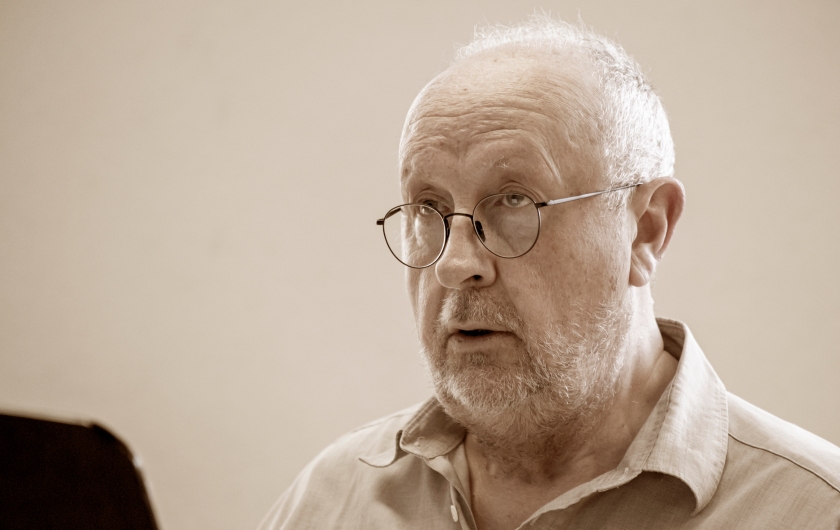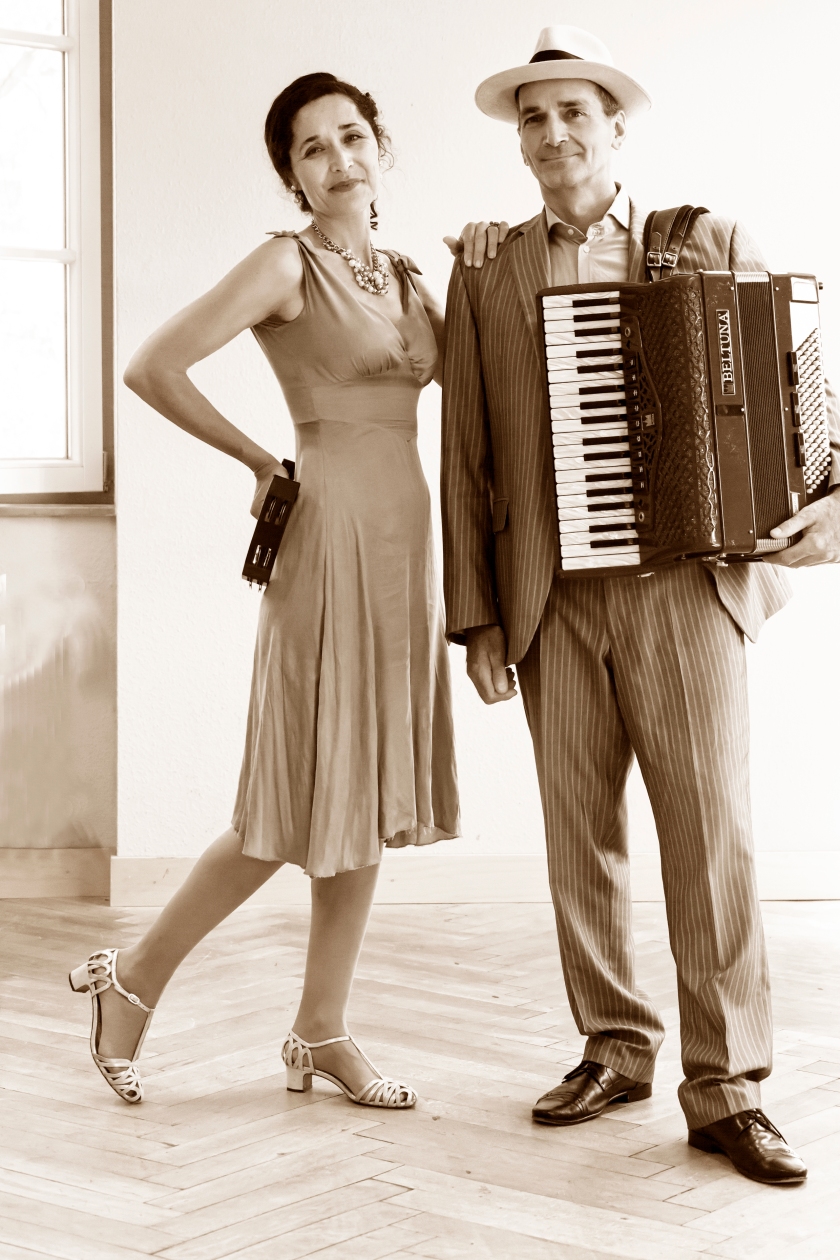THE NEATLES – Jasmine Thorn, Gabby Nelson, Vanessa Wagner, Jasmina Dordevic, Elena Gallego Jimenez, Ashley Remus, Samantha Mohr, Paula Gil-Casares, Charles C. Urban – Photos by Uka Meissner deRuiz
THE CUPID QUESTION by Jadi Campbell featuring THE NEATLES & Storyteller Derrick Jenkins
Girl Groups of The ’60s – Pre-Beatles Queens of The Pop Chart
“The Girl Group music was perhaps the most carefully, beautifully crafted in all of Rock & Roll – one reason why none of the twenty or so best records in the genre have dated in the years since they were made.” – Author and Music Critic Greil Marcus
In Pop Music History, the phenomenon between early Rock & Roll and the mid-1960s British Invasion is known as the Era of the “Girl Groups.” They offered a style rich in vocal harmonies that was eagerly embraced by a wide audience. The girl group era produced a clearly identifiable hybrid of gospel, rhythm & blues, doo-wop, and quirky pop that epitomized the ebullient hopes of early 1960s culture and feminized rock music, providing a model for male beat groups such as the Beatles, who covered many Girl Group hits on their early albums.
Flourishing between 1958 and 1965 – between Elvis and The Beatles – Girl Groups were genuine, authentic Rock & Roll! The music of The Shirelles, The Angels, The Ronettes, The Chiffons, The Marvelletes, The Shangri-las, The Bobettes, etc. thrived in the fallow years of Rock & Roll while much of the rest of the music in this time grew tame, predictable and dull.
The original sound was characterized by raw-edged lead vocal, echoing harmonies from the backing vocalists, fulsome string arrangements, and a driving beat. Groups sang of teen concerns like romance, sexual etiquette, and marriage, as well as love, loss, and abandonment. It was music of celebration – of simple joy, of innocence, of sex, of life itself. It was utopian stuff – a utopia of love between a boy and a girl, a utopia of feeling, of sentiment, of desire most of all.
The sound exploded in 1961, following the release in late 1960 of The Shirelles’ WILL YOU LOVE ME TOMORROW – the first girl group single to reach number one. Over the next five years, hundreds of girl group records were released. During the Classic Girl Group Period, between 1961 – 1965, when this distinctive sound filled the radio air waves, some 750 Girl Groups put singles onto the pop chart. This is some of the most timeless, transporting pop ever recorded; when you hear a Girl Group hit today, you feel like it’s 1963 all over again.
Author and Music Critic Greil Marcus states: “The music was perhaps the most carefully, beautifully crafted in all of Rock & Roll – one reason why none of the twenty or so best records in the genre have dated in the years since they were made.”
THE CUPID QUESTION by Jadi Campbell featuring THE NEATLES…!
PERFORMANCE – Monday, October 7 at 20:00 hrs in MERLIN
In cooperation with: DAZ – Deutsch-Amerikanisches Zentrum, Staatministerin für Kultur und Medien, Kulturverein Merlin e.V.
NOTES: First posted on September 11, 2024 by urbanspy777. This is my sixth collaboration with NEAT! If you are in the Stuttgart area, come see our show! It repeats in November and December. © 2024 Jadi Campbell. To see Uwe’s photos and pics from our trips go to viewpics.de.
My books are Broken In: A Novel in Stories, Tsunami Cowboys, Grounded and The Trail Back Out.
Click here for my author page to learn more about me and purchase my books.
















